- myFICO® Forums
- FICO Scoring and Other Credit Topics
- Understanding FICO® Scoring
- Re: FICO Simulator--When using under 30%, does pay...
- Subscribe to RSS Feed
- Mark Topic as New
- Mark Topic as Read
- Float this Topic for Current User
- Bookmark
- Subscribe
- Mute
- Printer Friendly Page
FICO Simulator--When using under 30%, does paying off more really matter?
Is your credit card giving you the perks you want?
Browse credit cards from a variety of issuers to see if there's a better card for you.
- Mark as New
- Bookmark
- Subscribe
- Mute
- Subscribe to RSS Feed
- Permalink
- Report Inappropriate Content
Re: FICO Simulator--When using under 30%, does paying off more really matter?
@Anonymous wrote:
@Anonymous wrote:
@Anonymous wrote:Interesting...so you're saying that Chase tends to frown upon people paying only the minimum, even with 0 APR? Does this mean AA is possible?
Not just Chase, all lenders frown upon it in terms of risk assessment. Paying only the minimum on a revolver (not an installment loan where it's expected) is a sign of elevated risk. Paying even a few more dollars than the minimum is a best practice to make yourself appear less risky.
So I guess companies do look at your specific accounts with them, especially when considering additional loans, credit increase requests, etc. But is minimum payment really grounds for AA, if they're always on time and your aggregate percentage stays low?
Do you mean is it, or do you mean should it be?
If you mean is it, yes it is.

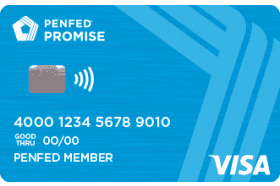

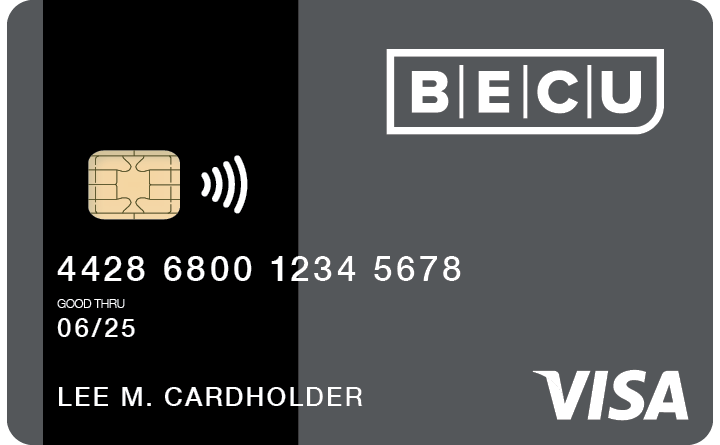

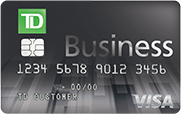


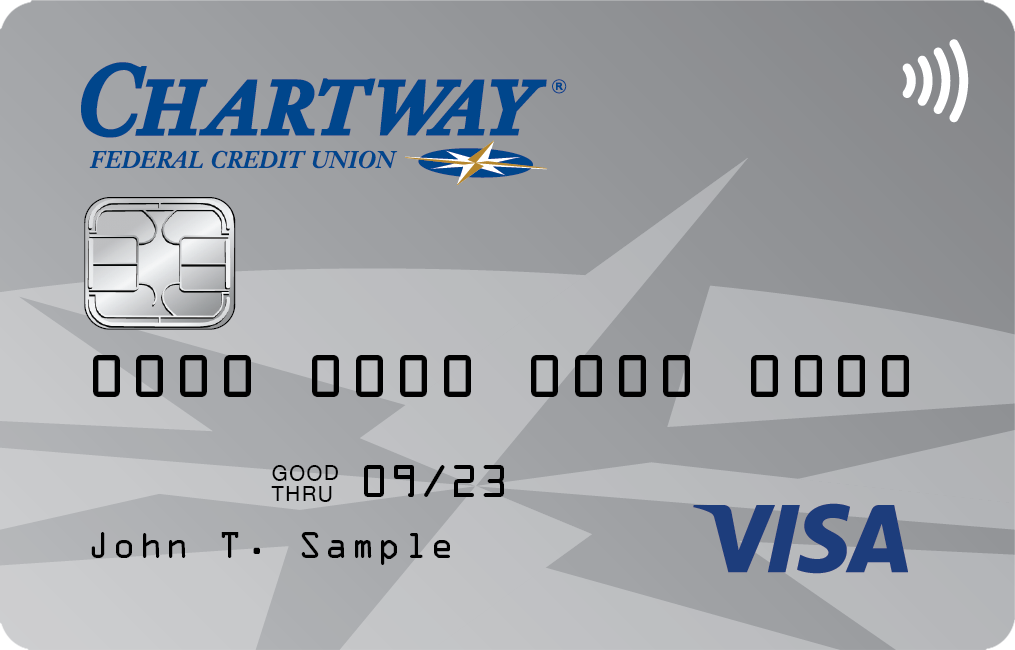


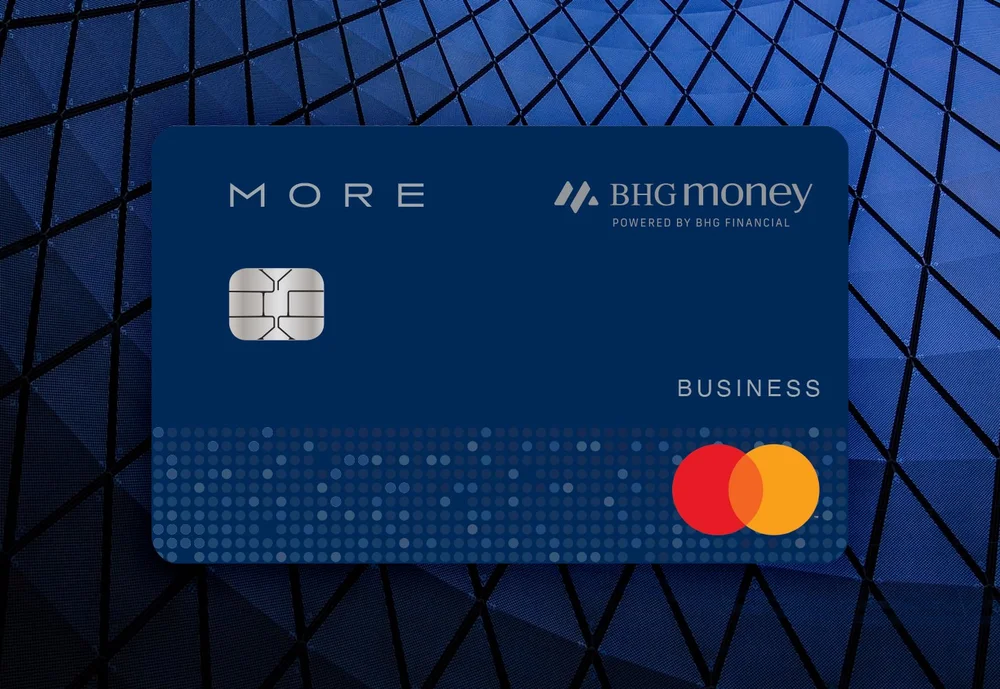
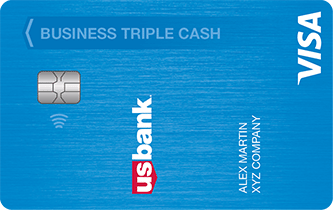

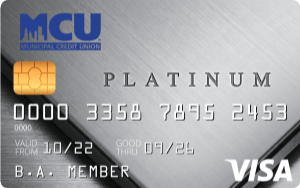
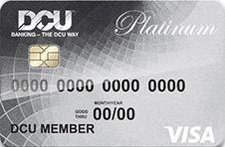

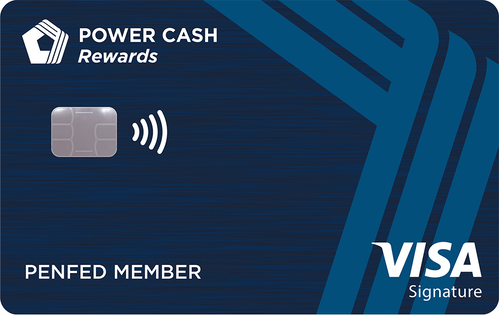
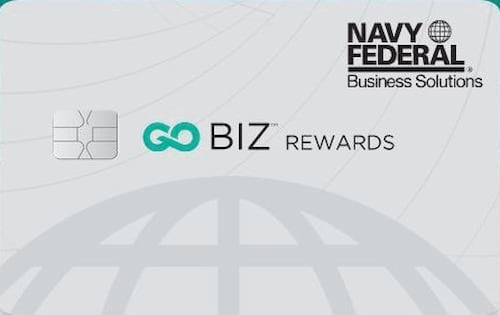
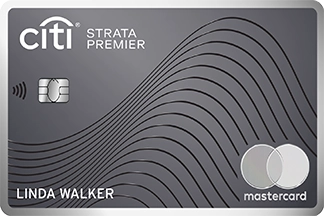
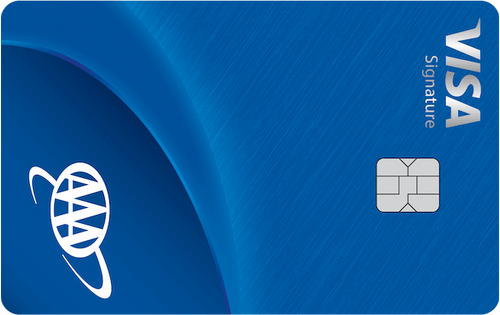
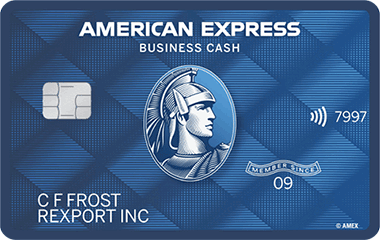
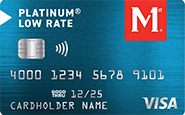
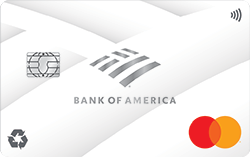


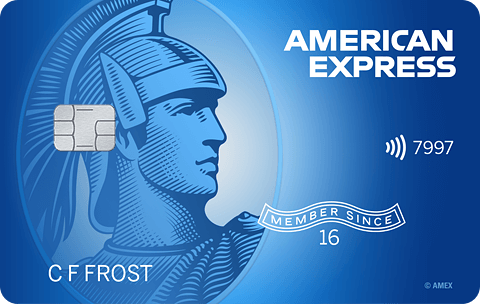
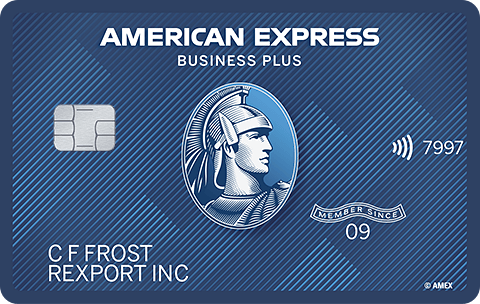



Total revolving limits 568220 (504020 reporting) FICO 8: EQ 689 TU 691 EX 682
- Mark as New
- Bookmark
- Subscribe
- Mute
- Subscribe to RSS Feed
- Permalink
- Report Inappropriate Content
Re: FICO Simulator--When using under 30%, does paying off more really matter?
That is pretty weird. The companies themselves are the ones who set the minimum, and they're ultimately making more money later. If they're unwilling to risk lending a certain amount under those terms, why did they do it to begin with?
- Mark as New
- Bookmark
- Subscribe
- Mute
- Subscribe to RSS Feed
- Permalink
- Report Inappropriate Content
Re: FICO Simulator--When using under 30%, does paying off more really matter?
They have risk tolerance models that allow for unusual activity for awhile but if a customer is showing signs of drowning in debt by always carrying a balance that’s never really going down or goes down but never to 0 and goes back to where it was, they’ll limit their risk exposure in response.
Chase and Amex are both known to be sensitive to payment activity that isn’t going anywhere with all of your cards, not just their cards.
- Mark as New
- Bookmark
- Subscribe
- Mute
- Subscribe to RSS Feed
- Permalink
- Report Inappropriate Content
Re: FICO Simulator--When using under 30%, does paying off more really matter?
@Anonymous wrote:That is pretty weird. The companies themselves are the ones who set the minimum, and they're ultimately making more money later. If they're unwilling to risk lending a certain amount under those terms, why did they do it to begin with?
It's called a minimum payment for a reason. It's a bare bones minimum expectation. It's set so that a plan is in place to get their money back. They're willing to accept the bare minimum, but it's at an elevated level of risk. Someone that just pays the minimum payment every month is a greater risk to default than someone that always pays more than the minimum. If a lender set a minimum payment at a penny, while it would meet minimum expectations by making that penny payment every month I think we can all agree that it would be very risky for the lender. 65 might be minimum expectation (passing) for high school. In terms of evaluating risk (or success) does the college they apply to prefer to see a 65 or a (say) 75?
- Mark as New
- Bookmark
- Subscribe
- Mute
- Subscribe to RSS Feed
- Permalink
- Report Inappropriate Content
Re: FICO Simulator--When using under 30%, does paying off more really matter?
That's true, which is why I was wondering if it's related to all cards or to their card only.
When getting out of debt, it does seem like standard advice (advocated by Kiyosaki, and I believe Dave Ramsey) to focus on paying off one card at a time (the lowest balance), do only the minimum for all the others, and then move onto the next lowest once it's paid off.
Of course this doesn't always make the most sense...interest rate is a factor, and then there are the thresholds, etc.
Still, since this is common practice, it doesn't seem like a credit card company would raise a red flag for someone paying the minimum each month on their card only, especially since they can see the person's overall pattern. So it sounds like this refers more to an overall "bare minimum" behavior.
When I first got my Discover It card in 2010, I experienced AA, but I didn't know that term then. They gave me a $1000 limit, then the next month, they said "nevermind" and brought it back down to $500. They said it was based on a credit report they had run, even though they should have taken care of that before issuing the card to begin with. Of course they were stubborn about it. So I went to the BBB website, submitted a complaint, and they changed it back to $1000 instantly.
- Mark as New
- Bookmark
- Subscribe
- Mute
- Subscribe to RSS Feed
- Permalink
- Report Inappropriate Content
Re: FICO Simulator--When using under 30%, does paying off more really matter?
When you’re paying your minimums, regardless of whether it’s just on some cards, you are assumed to be in financial distress.
If someone gets on an aggressive pay down plan, that shows they got themselves in trouble and are trying to dig their way out. This is the definition of risky behavior because customers that aren’t risky don’t get in debt.
All of the get out of debt methods don’t take AA into account since most of them recommend closing your cards as you pay them off anyway so you don’t end up back in debt.
- Mark as New
- Bookmark
- Subscribe
- Mute
- Subscribe to RSS Feed
- Permalink
- Report Inappropriate Content
Re: FICO Simulator--When using under 30%, does paying off more really matter?
@Anonymous wrote:When getting out of debt, it does seem like standard advice (advocated by Kiyosaki, and I believe Dave Ramsey) to focus on paying off one card at a time (the lowest balance), do only the minimum for all the others, and then move onto the next lowest once it's paid off.
The difference between the minimum and $2 over the minimum across 10 cards is only $20/mo, but that $20/mo can tell those 10 algorithms that you're paying > the minimum and this decrease your chances of AA. Minimual money well invested, IMO.
- Mark as New
- Bookmark
- Subscribe
- Mute
- Subscribe to RSS Feed
- Permalink
- Report Inappropriate Content
Re: FICO Simulator--When using under 30%, does paying off more really matter?
As for your references to the experts advice as to reduction of debt, you’ve got to remember their advice is for debt reduction not score optimization.
What is your goal? Is your number one priority getting out of debt or optimizing your score? I guess that will tell you which experts advice to follow!
If you’re not about to something that’s going to require a great credit score then doing what makes financial sense it’s what’s best. Now when you’re getting ready for mortgage app or some sort of credit app,at that point it makes sense to optimize your score. Until then, do what makes financial sense and does not harm you. Don’t get new accounts to lower your ages and try not to do the things these guys told you trigger AA. Good luck!
- Mark as New
- Bookmark
- Subscribe
- Mute
- Subscribe to RSS Feed
- Permalink
- Report Inappropriate Content
Re: FICO Simulator--When using under 30%, does paying off more really matter?
My primary goal is to improve my score.
- Mark as New
- Bookmark
- Subscribe
- Mute
- Subscribe to RSS Feed
- Permalink
- Report Inappropriate Content
Re: FICO Simulator--When using under 30%, does paying off more really matter?
OP you’re not listening respectfully. Your individual utilization that is high on a couple of cards is what’s killing your score. You want your individual utilization under 28.9% on each and every card and your aggregate utilization under 8.9%. When you do that, then come tell us what happens.
I bet you did get 12 points dropping below the 88.9 threshold. You’ll get more when it goes under the 68.9% threshold and again when it goes under the 48.9% threshold and again when it goes under the 28.9% threshold. And if I recall you had another card that was over 70%.... it’s got to come down too. Everyone of your cards that are over 28.9% are dinging your score.
You’ve got to understand, whatever individual card has the highest percentage utilization is imposing the largest penalty. Just because you pay one down below one threshold, it’s not gonna do that much for you. You’re still too many thresholds above where you should be and you have more than one card that way, so even if you took the one all the way to zero, you’ve still got another one I think at 70%. If another one is still above 28.9% you are suffering a penalty.